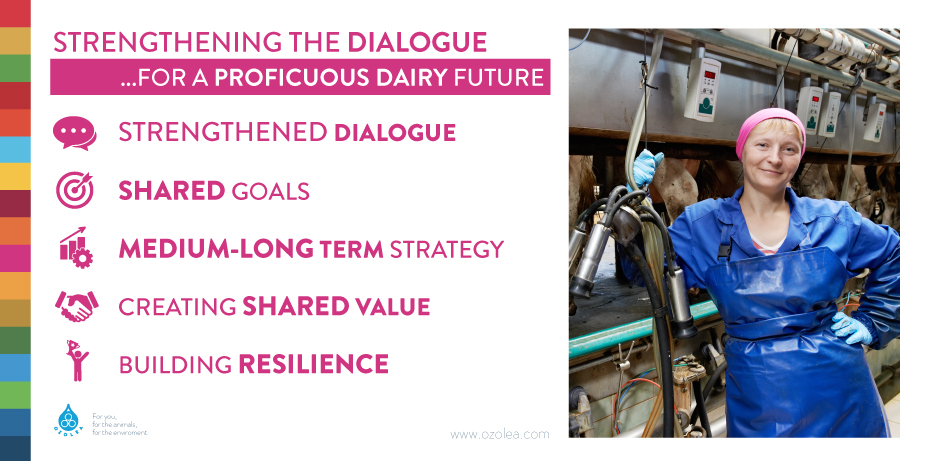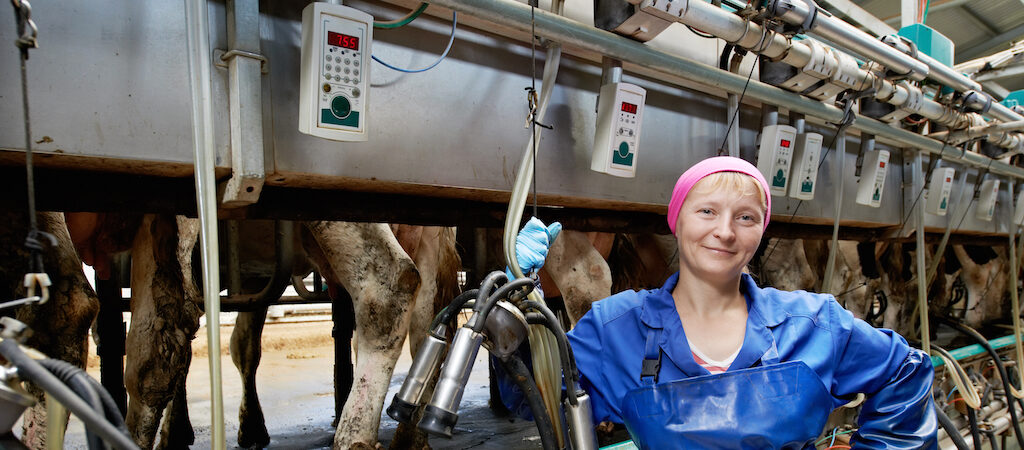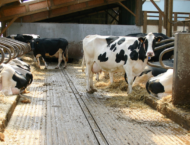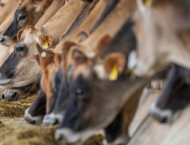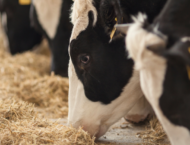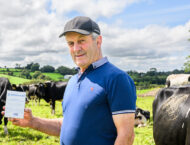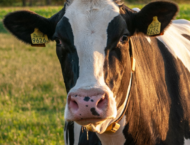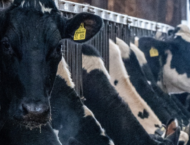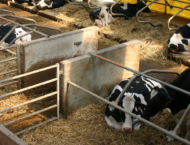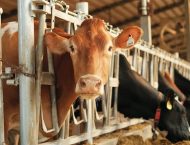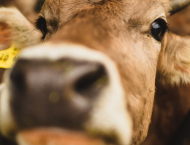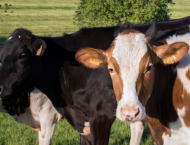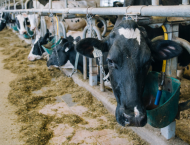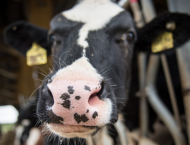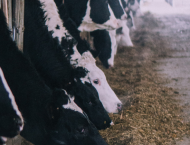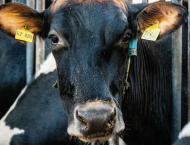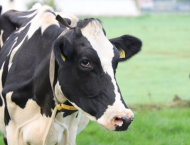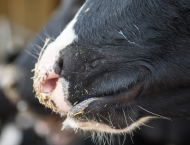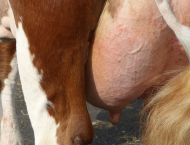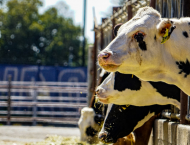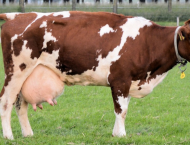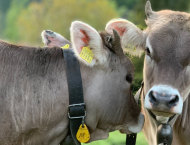The production of milk is estimated at around 155 million tons per year in the EU dairy sector. The main producers are Germany, France, Poland, the Netherlands, Italy and Spain, accounting for 70% of the EU production.
A substantial and pervasive sector, highly heterogeneous as well. Undoubtedly, a fundamental role in milk production is carried out by medium-large specialized dairy farms, which are more than half of the dairy farms in the EU. Their share of milk production ranges from 24% (Czech Republic) to 99.9% (some Spanish and Portuguese regions) of the EU total production.
A sector that has experienced a profound revolution over the last few decades, proving the ability to improve efficiency by reducing the number of animals and increasing quantities of milk produced.
Specialized dairy farms have an advantageous production potential that allows high levels of productivity. On the contrary, the remaining part of small and medium-sized farms shows financial indicators (such as financial assistance and debt sustainability, efficiency, profitability) that are insufficient to allow satisfactory levels of income suitable for further investments (Poczta et al., 2020).
Regardless of the type, dairy farms in every EU Member state share the same challenges (European Parliament, 2018). Milk price volatility is undoubtedly the main problem, accompanied by an objective difficulty in predicting both the price and milk volumes to be produced and placed on the market.
Specialization offers advantages, but it binds producers to a single output – milk. In cases of sudden market shocks, this can be a disadvantage compared to those dairy farms that differentiate. Even small companies are affected by market shocks, not being able to rely on adequate financial support to buffer potential shocks.
Introducing young dairy farmers remains critical (only 11% of producers are under 40): there are also difficulties in attracting new generations to dairy farms.
In addition to this, dairy needs to cope with pressures due to climate change, which impacts the production of animal feed. The 2018 fodder crisis, very hard for Northern Europe countries, is a clear sign. Moreover, the strong demand for soy pushes the price on the market to figures that are hardly to be faced by dairy farmers.
Even occupying a weaker position in the bargaining process is a challenge. The value of the supply chain is more concentrated in transformation and retail, and not equally distributed along the supply chain. Similarly, fluctuations in the market are largely transmitted to milk producers.
Undoubtedly, the tendency to produce more and more milk to meet these difficulties, by enlarging dairy herds, cannot be the solution to dairy farmers’ problems, and there is a reason why.
The milk market is quite peculiar. Milk, a highly perishable raw material, is the traded product, and it needs to be managed in a very short time. Processors are sometimes called to manage surplus quantities of milk, which, however, are unlikely to find a place due to market demand. All this must be coordinated with fast logistics and taking into account the influence of other variables on the market. So, basically, it’s a matter of efficiency.
Milk and dairy products, even if matured, have their shelf-life. Therefore, it is difficult to draw comparisons with markets for other food products, such as wine, which also follows completely different consumption trends with respect to dairy products. Not to mention its history: a terrific recovery since 1986, when methanol claimed victims and severely put the wine industry in crisis in Northern Italy.
The concept of the supply chain is not simple. It is used in a “neutral” way to describe production processes. In general, it is a concept that can be ascribed to “an economic circuit, characterized by an ordered succession of production cycles for the realization of a good” (Scarano, 1989).
In order for the economic circuit to work, relationships within the supply chain and the dialogue between operators deserve more attention. Given the common problems, how advantageous can operating independently still be?
One option could be to seek all possible synergies for building a relationship and a medium and long-term policy, in which the objectives and results are equally shared throughout the supply chain. the result would be a greater profit margin for all operators in the supply chain.
Unfortunately, the dairy industry’s attempts to defend itself from public opinion still remain within the sector: cohesion is needed to get them out the supply chain and convey them to the consumer, so that they come to understand the importance of paying the right value for milk.
Furthermore, for a more proficuous future for the entire dairy supply chain, the value recognized by the consumer must be distributed equally throughout the supply chain. And this means having an even stronger dairy supply chain.
OZOLEA’s SSafeMILK project was created to be a sustainability project, from any point of view. Among the goals, it aims to promote an approach that is going to be profitable for everyone and only if every actor in the milk chain is ready to properly converge on and share objectives, responsibilities and profits.
